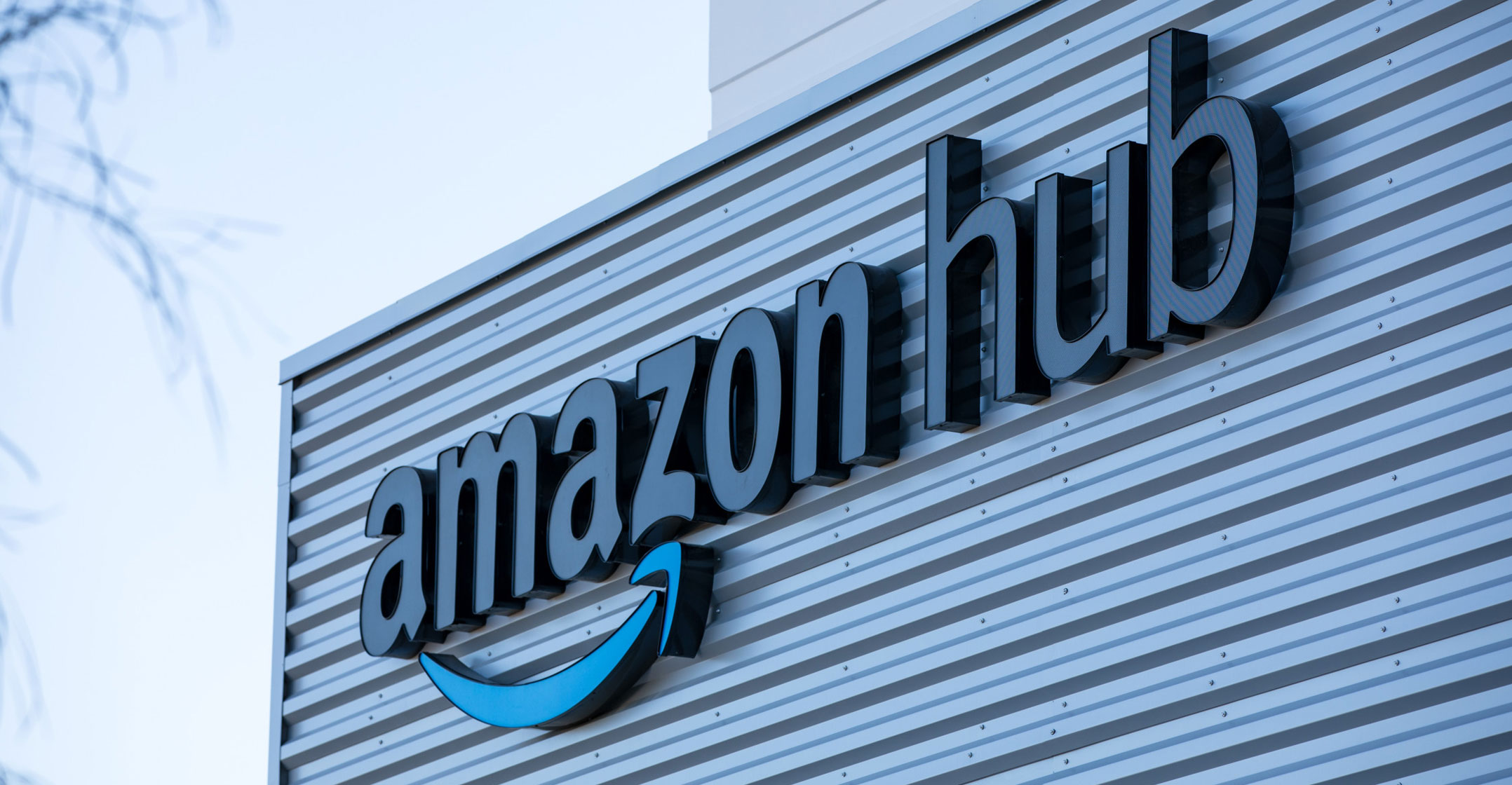 Investors have enjoyed world-beating returns for years by owning shares of trillion-dollar technology companies, so it’s tempting to say it’s time to bail out now that bond yields are on the rise. Plenty of fund managers are resisting that temptation.
Investors have enjoyed world-beating returns for years by owning shares of trillion-dollar technology companies, so it’s tempting to say it’s time to bail out now that bond yields are on the rise. Plenty of fund managers are resisting that temptation.
Since the bull market kicked off amid the financial crisis of 2008-2009, the combined value of Apple, Microsoft, Alphabet and Amazon.com alone has ballooned from US$350-billion to $9-trillion. The Nasdaq 100 Index, a decent proxy for megacap technology companies, has returned an average of 25%/year since then.
While those outsized moves may be a thing of the past, given that the biggest stocks are relatively expensive, in many ways the stars are still aligned for the tech giants, in the views of some fund managers.
“These companies have profits and cash flows and solid balance sheets,” said Jason Benowitz, senior portfolio manager with Roosevelt Investment Group. “High valuation by itself is not a sufficient thesis to be negative on a stock.”
The big risk, according to Benowitz, is if interest rates rise even more than is currently forecast. Indeed, the Nasdaq 100 fell 1.4% Tuesday as yields on the 10-year US treasuries jumped 16 basis points in just two days, serving a reminder to technology investors of the need to guard against unwelcome surprises. Higher rates reduce the present value of future earnings, weighing especially on shares of highly valued, fast-growing companies.
The pullback could be just a brief dip, as seen in previous episodes of surging yields in October and March last year, when tech stocks bounced back strongly.
High multiples
Investors who are bullish on megacap tech argue that the stocks that will really suffer as the Federal Reserve raises interest rates are the more speculative ones selling at high earnings multiples, where almost all of the earnings are far off in the future.
“When you move from a market that has abundant liquidity and a Fed that has been loose, these hope stocks that have huge multiples and have benefited from that liquidity get hit the most,” said Keith Lerner, co-chief investment officer at Truist Advisory Services. “You’re going to see volatility within tech, but especially when you go down market cap. We’d rather be in larger caps because of those strong balance sheets and cash flows.”
Some strategists say it’s time to look beyond megacap tech.
 “We no longer see them as the best place to look for outsized returns in the tech sector,” said Mark Haefele, chief investment officer at UBS Global Wealth Management. He recommends looking into artificial intelligence, big data and cybersecurity for high returns.
“We no longer see them as the best place to look for outsized returns in the tech sector,” said Mark Haefele, chief investment officer at UBS Global Wealth Management. He recommends looking into artificial intelligence, big data and cybersecurity for high returns.
Despite recent gyrations, tech stocks remain favourites, with Bank of America’s December fund manager survey showing that owning them was the most crowded trade — a trend that persisted 18 out of the last 20 months since the pandemic’s onset.
The price:earnings ratio of the S&P 500 Index’s 10 largest stocks, mostly tech-focused names, is near a high that marked the implosion of the dot-com bubble two decades ago. Elevated valuations combined with a potential rise in bond yields and risk of slowing growth make equities more vulnerable to corrections. And with the S&P 500 Index’s top 10 biggest companies comprising nearly a third of the gauge’s total weighting, any retreat in these market behemoths could fuel a dip in the entire market. — Jeran Wittenstein and Thyagaraju Adinarayan, (c) 2022 Bloomberg LP




